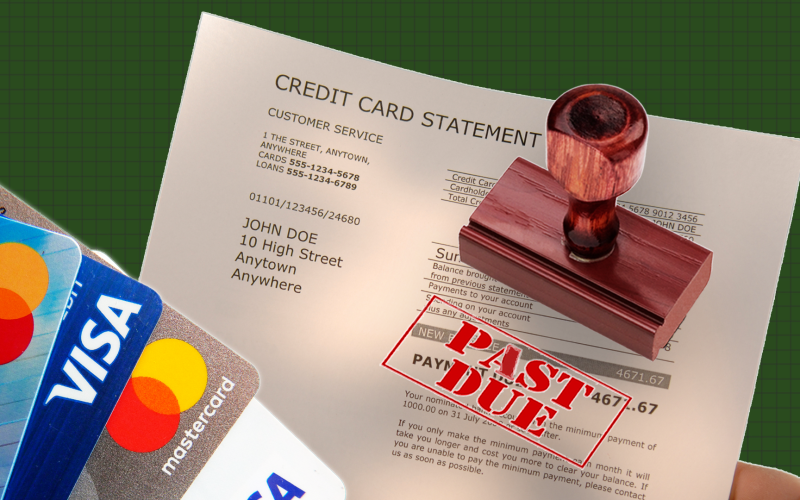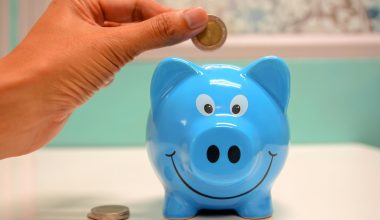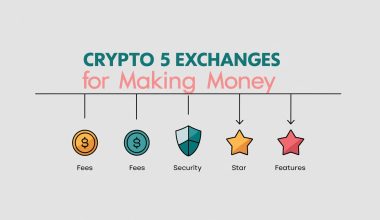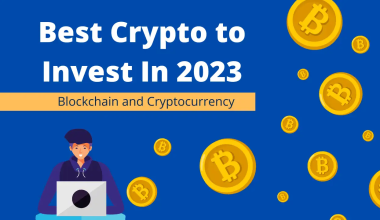As you probably know already, almost anyone can fall into credit card debt. I mean, by the nature of their use, credit cards were created to help you sort out your cash needs in an emergency.
Unfortunately, a good number of credit card users will often rack up too much debt on their credit cards to an extent where paying it off becomes a challenge. Come on, don’t look at me like that. Being in credit card debt isn’t bad but it becomes problematic when it’s hard to pay it off.
If you’re looking for how to get out of credit card debt in 2023 and beyond, I mean, if you need debt relief, then reading this post is one of the best things for you to come across today.
It will interest you to know that in 2021, credit card balances generally increased by 15% which is the biggest jump it’s had in over 20 years. In fact, this report is from the Federal Reserve Bank of New York. NerdWallet’s 2022 American Household Credit Card Debt Study reports that as at September of 2022, the average revolving credit card debt of US households was $7486.
Can you feel that?
In this write-up, we have outlined a number of effective ways that can be followed to the letter to pay off credit card debts or at the very least lower it in 2022.
Here they’re:
-
Decide on a repayment method that works for you
It’s important to pay off your credit card debt as soon as possible. Fortunately, there are different ways of clearing this type of debt. Choosing one that is ideal to your current standing is important so that you don’t relapse and lose your progress. Consider doing any of the following to sort out your debts.
- Pay off more than the minimum amount required
Credit cards come with a minimum monthly payment. This amount is the least you should be able to pay off in a month and it’s usually pegged at 2% of the total balanced owed. It’s necessary to start paying off this amount as soon as possible to avoid interest increment.
A study this year has shown that from all indications it appears that most US homes in credit card will pay an average card interest of $1380. We recommend that you find out the minimum payment amount for your credit card and start paying off those minimums. Graually, the effect will build up and your credit card debt would come down.
READ: How to Make Money Online With Content Marketing in 2023
- Debt Avalanche
As the name implies, this is a form of credit card repayment where a user pays off the biggest debts on their card first before moving to next big one and progressively moves downward. This approach is effective as it creates a mental picture of huge progressive as the bigger debts are cleared.
- Debt Snowballing
Unlike Debt Avalanche, this method involves paying off the smaller debt first and the next big one. Like a snowball, you gather momentum and keep going until you get to the biggest debt and finally pay it off.
- Automated payments
When you automate your credit card payments, it makes it easy to pay a specific amount at a frequency that’s convenient for you. Using the debt avalanche or snowballing approach works great with automated payments.
-
Try Debt Consolidation
Sometimes, servicing different debts can choke an individual. Therefore, it’s important to consider a debt consolidation strategy where all debts are added to one account to make it easier to manage as a whole.
Try the following debt consolidation methods:
- Get a Personal Loan
Yep, you can get a fixed-rate personal loan or debt consolidation loan to pay off your credit card debt. Personal loans are easier to pay as they generally have lower interest rates and therefore, managing them is more convenient.
- Get a 0% Balance Transfer Credit Card
A 0% Balance Transfer credit card offers you some respite from paying interest for a period of time, usually 15 to 18 months. Get a loan from this type of card then cascade your debt payment in the defaulting credit card into it. The old credit debts gets serviced by the new credit card thereby reducing it massively and remember, you’re not paying any interest on the new 0% balance credit card for a while. By doing this, you have less balance to pay off on the old credit card and have enough time to sort out the new debt. In time, you clear out the old credit card debt and then face the new one with less stress.
- Try out home equity
You can use home equity to pay down your card debts. Home equity line of credit usually comes at a lower rate and can easily take care of your card charge. It’s important to do this properly to avoid incurring unnecessary extra costs.
-
Re-plan and Review Your Spending Habits
Sometimes, spending habit is the problem you have with paying off credit card payments. By reducing some expenses, you can add the freed up fund to paying off your credit card debts. Here are some ways to leverage your reviewed spending to get out of credit card debt in 2023.
- Use financial windfalls to service your debts
To make your repayments easier, consider using any extra cash that comes in to sort out your credit card debts. Financial windfalls like bonuses, cash gifts, salary raises and others like it can be committed to paying off your credit card debts. Rather than spend such unexpected lump sums on unnecessary purchases, utilize them better to pay off your credit card debts.
- Only spend cash when shopping
To reduce your spending activities, commit to only paying with cash when you buy stuff. No available cash, no buying…this might seem extreme but believe me, it will fix your spending problem real quick.
When you only buy things IF you have cash, impulsive spending will be curtailed massively. By doing this, you can account for your money better and pay your debts a bit more easily.
-
Discuss and work with your lenders
As importune as this may sound, discussing your situation with your credit lenders can bring about a more favorable repayment plan to pay off your credit card debt. A credit card lender might have debt restructure plans for individuals in your condition. Some firms offer debt restructure, others provide a hardship program for hard-hit customers. Sometimes, any sort of repayment is better than incurring unpaid debts for years.
Long-term customers can easily be given some debt relief plan to make paying back faster and more effective. A credit card lender who understands you’re out of a job, sick or have serious challenges will be more open to helping you pay them. Feel free to contact them to explain your unique situation, you will never know without providing them with this information.
A recent study claims that 45% of Americans who are employed say that their salary hasn’t gone up enough in a year to match the existing inflation in the country. To this, we say, speak and negotiate with your credit card issuer to see what they can offer. At the least, you lose nothing by providing them with this information.
READ MORE: Why Selling Digital Products Is Better Than Selling Physical Products
-
Consider Debt Relief Assistance
For situations that are truly beyond your control, a more severe debt relief approach has to be considered. You might want to consider debt relief options like debt management, bankruptcy and settlement plans.
- Debt management plans can help pay off your debts. Usually, a debt management company can negotiate better terms with your creditor while you pay them. Borrowing will be suspended on your behalf until a period of time when you’re debtless and have a more stable income.
- Debt settlement is effective but not always available. In this method, your creditor might accept to take less than the amount owed and let you off. Some debt settlement companies can help to negotiate a deal that will be easier to manage.
- File for bankruptcy to tackle debts that are hard to pay off. Bankruptcy has several levels known as Chapters. Each one comes with a consequence so if you’re looking to maintain your credit score, it’s important to know which one you’re going for and what’s involved. With bankruptcy, entire unsecured debts can be written off completely but the impact will wipe out your credit score unless planned properly. For instance, a Chapter 13 bankruptcy will restructure your payment plan over 5years or less and make repayment easier without impacting your credit report negatively.
In summary, the credit card debt in the US amounts to over 985 billion and this figure is increasing as we write. There’s need for most citizens to start being more proactive with working on their credit card debts.
Are you looking to pay off your credit debts?
This post serves to give you ideas on how to go about it. Read it, save this content and refer to it from time to time as a guide to make progress on your debt repayments.






